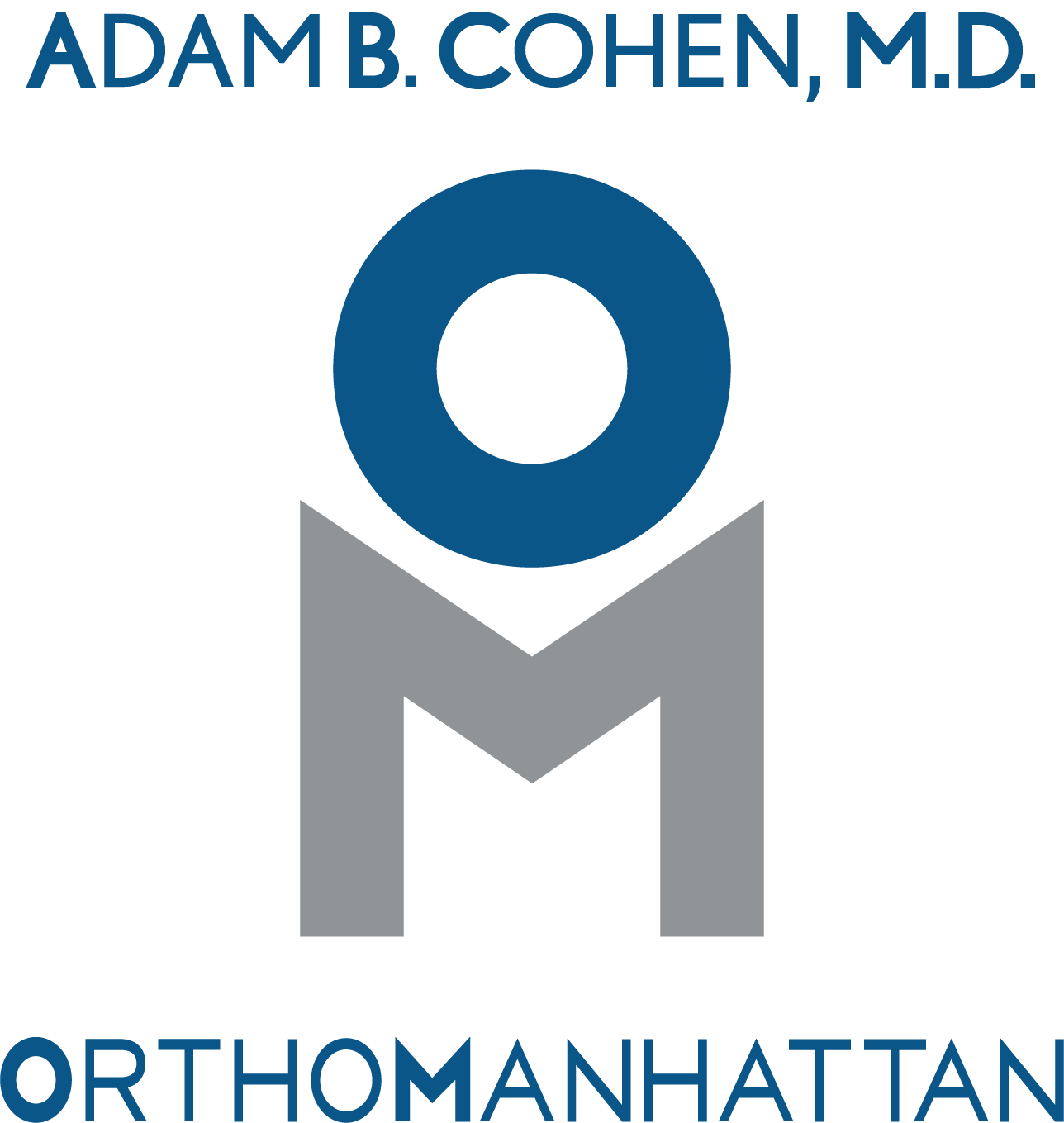Home > Shoulder > Rotator Cuff Tear > Reverse Total Shoulder Replacement
Overview
When shoulder arthritis worsens and nonoperative measures fail to control symptoms, it is often necessary to replace the shoulder. This procedure is called a total shoulder replacement. In order for the shoulder replacement to function properly, an intact rotator cuff must be present.
When there is shoulder arthritis AND a complete irreparable tear of the rotator cuff (a condition known as rotator cuff tear arthropathy) a standard total shoulder replacement will not function properly. In this difficult situation a reverse total shoulder replacement is recommended.
Reverse total shoulder arthroplasty is sometimes recommended even without the presence of arthritis when there is an irreparable rotator cuff and other options (for example revision rotator cuff surgery and superior capsular reconstruction) are not desirable.
The reverse total shoulder option is also recommended in certain fractures of the shoulder.
The reverse total shoulder is designed to function without a functioning rotator cuff and is implanted with the ball attached to the shoulder blade (scapula) and the cup attached to the arm bone (humerus).
Frequently Asked Questions About Reverse Total Shoulder Replacement
Can I return to sports after reverse total shoulder arthroplasty?
Many people are able to return to lower demand activities after reverse total shoulder arthroplasty. Most are able to get back to bike riding and running. Activities with overhead motion like swimming and tennis are less predictable. Golfing after reverse total shoulder arthroplasty is difficult for some because of a loss of motion.




